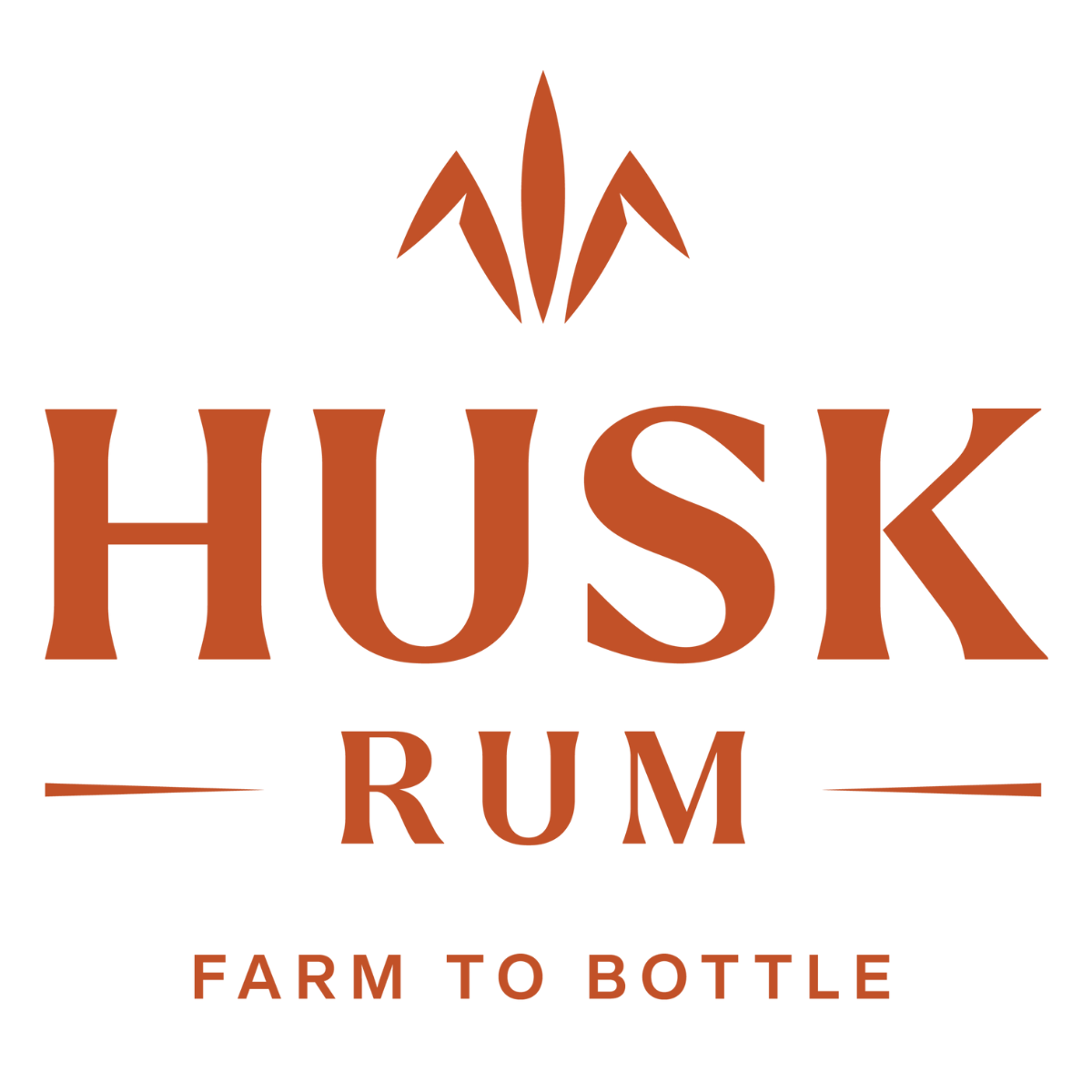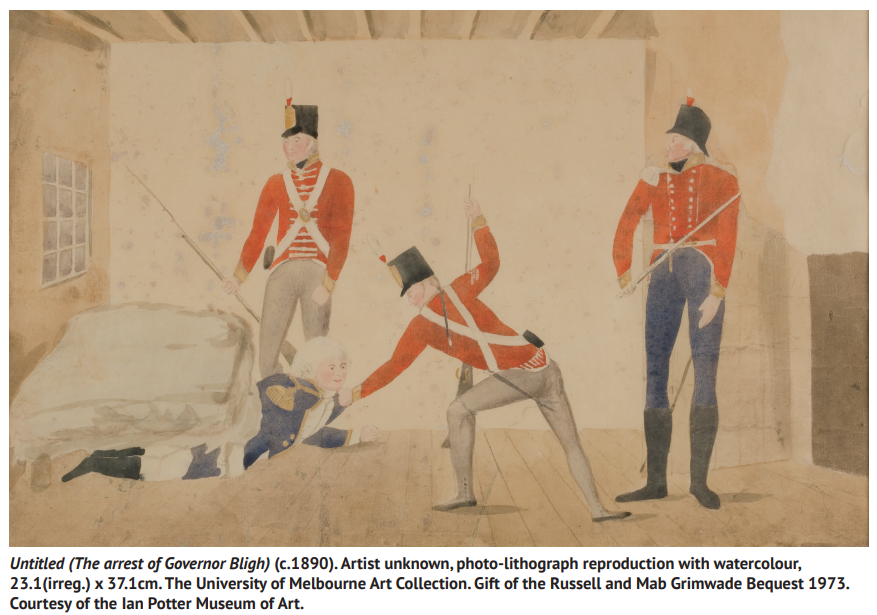The New Taste of Australian Rum
For Australians, the word ‘rum’ conjures up mixed emotions and memories. Many people either love the golden liquid or revile it, recanting wows of their first, inexperienced alcoholic binge on rum and coke. Rum certainly has an “image” in this country, and a lot of history.
In the late 17th and early 18th centuries, cheap, low-quality rum was imported from India in vast quantities and become a defacto currency controlled by the NSW Rum Corp. Average rum consumption was as high as 25 litres per person per year and efforts by Governor Bligh to halt the trade led to the infamous Rum Rebellion of 1808.
As the nation shrugged off its convict past and developed its agricultural, mining and manufacturing industrial base it grew to become one of the richest countries in the world and became less reliant on rum.
By the 1860s though, sugar cane was being widely planted along the coastal plain stretching from northern NSW to Cairns. Sugar was indeed a valuable commodity, but there was a problem - for every 10 tonnes of sugar produced there was 4-5 tonnes of molasses waste to get rid of. So what to do with all this waste? The answer of course, was to make rum and it didn’t take long before rum again rose to prominence, Australian rum had arrived..
As a British colony, it was inevitable that Australian rum would follow the British style, using copper pots to distil molasses-based rums, and with two notable Queensland brands leading the way, this remains the dominant style of rum in Australia today.
Roll the clock to 2009. Husk founders, Paul Messenger and Mandaley Perkins with their three daughters, were cruising through the Caribbean where they finally discovered the vibrant, diverse and colourful world of rum. From the pungent, high-ester Jamaican pot still rums to the light Spanish-style column distilled rums of Cuba and Puerto Rico, there seemed an endless array of rums with each island having their own unique expression.
But it was on the French Island of Martinique they were captivated by what they clearly thought was a most unusual style of rum. This French-style Rhum Agricole, made from freshly crushed cane juice was unlike any rum they’d tasted before.
Their first experience was what the locals called a Ti-punch, half a teaspoon of raw sugar, squeeze and drop a fresh lime cheek and good shot of unaged Agricole blanc (white rum), well stirred and sipped slowly. This delightful slow sipper was a world away from the rum and coke Paul had known back home.
But it was when he discovered the contemplative pleasure of a 20 year-old, barrel-aged Agricole later that same day that destiny was forged and the pair would go on to create the first Australian expression of an agricultural rum – The New Taste of Australian Rum!


